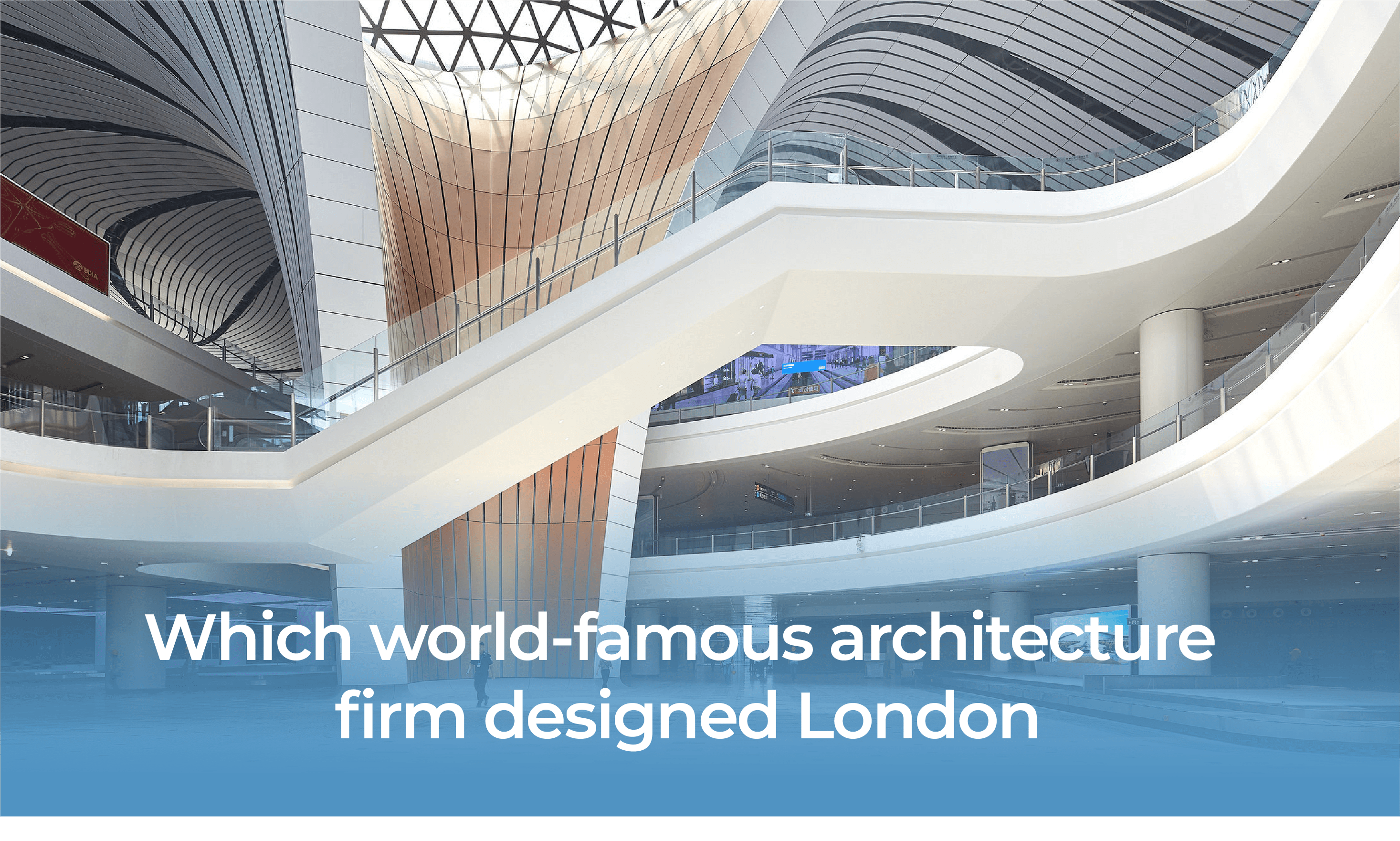If you are reading this article, that means you are amazed by London’s captivating skyline adorned with iconic architectural marvels that capture the essence of its rich past and dynamic present. From the historic Tower of London to the modern Shard skyscraper, the cityscape is a masterpiece of styles and influences that tell a story of evolution and innovation. Though many architectural firms have put their mark on London’s best structures, behind these mesmerizing structures lies the genius of a world-famous architecture firm that has left an indelible mark.
Among the architects and firms that have contributed to London’s skyline, an undeniable force that stands behind some of the most iconic structures of the city is the firm of Foster+Partners.
Foster+ Partner, based in London, England, is known for its innovative designs and commitment to pushing boundaries. Founded in 1967 by the visionary architect Sir Norman Foster, it has played a crucial role in shaping the modern architectural landscape of London. They are known for their emphasis on sustainability, technology, and seamless integration of form and function.
Aside from architectural designs, the firm is also involved in urban planning, interior design, and graphics. It employs over 1,400 staff which number includes architects, engineers, designers, and project managers, that together have achieved finishing projects in more than 75 countries around the world.
Foster + Partners, have designed many iconic buildings around the world, such as the Gherkin in London, the Reichstag in Berlin, the Hears Tower in New York City, the Hong Kong International Airport, and the Millau Viaduct in France. Another gem in Foster+ Parners’ portfolio is the British Museum’s Great Court roof , which is considered a modern masterpiece that breathed new life into the historic institution. Foster+ Partners, is one of the most extraordinary firms in the world that have redefined London’s skyline and set new standards for innovation, sustainability, and functional design.




